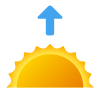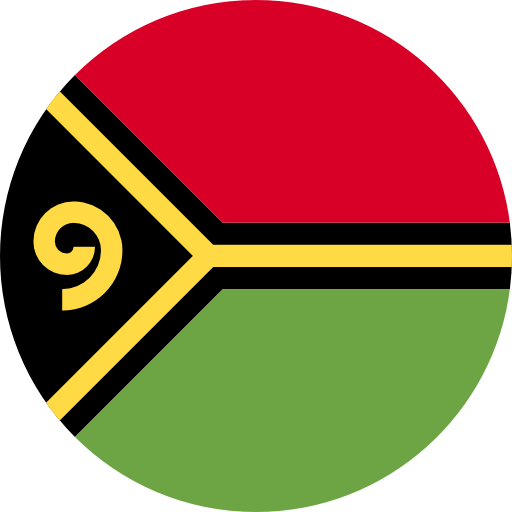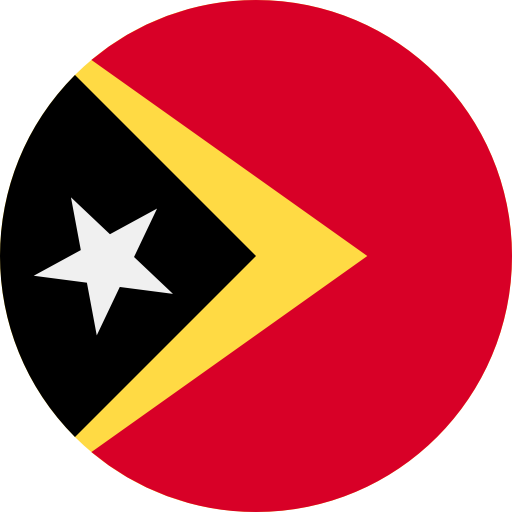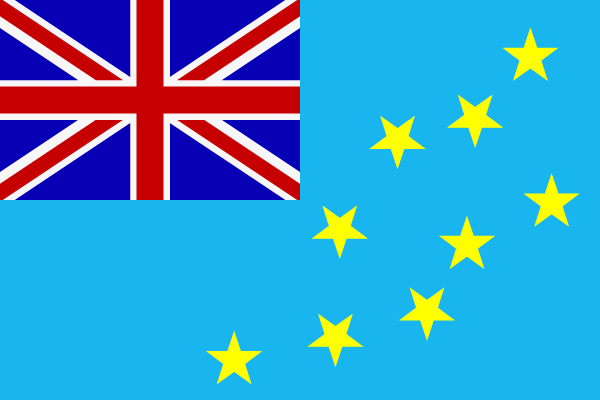Sunrise and Sunset times in Goulburn, Australia 
Today:
 Sunrise: 05:40:36 Sunrise: 05:40:36
|
 Sunset: 20:02:46 Sunset: 20:02:46
|
Day Length: 14h 22m 10s
Time zone: Australia/Sydney, UTC +11 h.
Latitude: -34.7496, Longitude: 149.71
Goulburn
New South Wales, Australia 
20 940 people
| Date | Sunrise | Solar Noon | Sunset | Day length |
|---|---|---|---|---|
| 2025-Dec-01, Monday | 05:40:57 | 12:50:06 | 19:59:16 | 14h 18m 19s |
| 2025-Dec-02, Tuesday | 05:40:48 | 12:50:29 | 20:00:10 | 14h 19m 22s |
| 2025-Dec-03, Wednesday | 05:40:42 | 12:50:52 | 20:01:03 | 14h 20m 21s |
| 2025-Dec-04, Thursday | 05:40:38 | 12:51:16 | 20:01:55 | 14h 21m 17s |
| 2025-Dec-05, Friday | 05:40:36 | 12:51:41 | 20:02:46 | 14h 22m 10s |
| 2025-Dec-06, Saturday | 05:40:35 | 12:52:06 | 20:03:37 | 14h 23m 2s |
| 2025-Dec-07, Sunday | 05:40:37 | 12:52:31 | 20:04:26 | 14h 23m 49s |
| 2025-Dec-08, Monday | 05:40:40 | 12:52:57 | 20:05:14 | 14h 24m 34s |
| 2025-Dec-09, Tuesday | 05:40:46 | 12:53:24 | 20:06:02 | 14h 25m 16s |
| 2025-Dec-10, Wednesday | 05:40:54 | 12:53:51 | 20:06:48 | 14h 25m 54s |
| 2025-Dec-11, Thursday | 05:41:03 | 12:54:18 | 20:07:34 | 14h 26m 31s |
| 2025-Dec-12, Friday | 05:41:15 | 12:54:46 | 20:08:18 | 14h 27m 3s |
| 2025-Dec-13, Saturday | 05:41:28 | 12:55:14 | 20:09:01 | 14h 27m 33s |
| 2025-Dec-14, Sunday | 05:41:43 | 12:55:43 | 20:09:42 | 14h 27m 59s |
| 2025-Dec-15, Monday | 05:42:00 | 12:56:11 | 20:10:22 | 14h 28m 22s |
| 2025-Dec-16, Tuesday | 05:42:20 | 12:56:40 | 20:11:01 | 14h 28m 41s |
| 2025-Dec-17, Wednesday | 05:42:40 | 12:57:10 | 20:11:39 | 14h 28m 59s |
| 2025-Dec-18, Thursday | 05:43:03 | 12:57:39 | 20:12:15 | 14h 29m 12s |
| 2025-Dec-19, Friday | 05:43:28 | 12:58:09 | 20:12:49 | 14h 29m 21s |
| 2025-Dec-20, Saturday | 05:43:54 | 12:58:38 | 20:13:23 | 14h 29m 29s |
| 2025-Dec-21, Sunday | 05:44:22 | 12:59:08 | 20:13:54 | 14h 29m 32s |
| 2025-Dec-22, Monday | 05:44:52 | 12:59:38 | 20:14:24 | 14h 29m 32s |
| 2025-Dec-23, Tuesday | 05:45:23 | 13:00:08 | 20:14:52 | 14h 29m 29s |
| 2025-Dec-24, Wednesday | 05:45:56 | 13:00:38 | 20:15:19 | 14h 29m 23s |
| 2025-Dec-25, Thursday | 05:46:31 | 13:01:07 | 20:15:44 | 14h 29m 13s |
| 2025-Dec-26, Friday | 05:47:07 | 13:01:37 | 20:16:07 | 14h 29m 0s |
| 2025-Dec-27, Saturday | 05:47:45 | 13:02:07 | 20:16:28 | 14h 28m 43s |
| 2025-Dec-28, Sunday | 05:48:24 | 13:02:36 | 20:16:48 | 14h 28m 24s |
| 2025-Dec-29, Monday | 05:49:05 | 13:03:05 | 20:17:06 | 14h 28m 1s |
| 2025-Dec-30, Tuesday | 05:49:47 | 13:03:34 | 20:17:22 | 14h 27m 35s |
| 2025-Dec-31, Wednesday | 05:50:30 | 13:04:03 | 20:17:36 | 14h 27m 6s |
Day length in Goulburn during the year on the chart:
Goulburn on Australia map:
Locations in the same time zone Australia/Sydney
Sydney (New South Wales), Newcastle (New South Wales), Caerdydd (Cardiff), Canberra (Australian Capital Territory), Wollongong (New South Wales), Albury (New South Wales), Nowra (New South Wales), Wagga Wagga (New South Wales), Port Macquarie (New South Wales), Taree (New South Wales), Orange (New South Wales), Tamworth (New South Wales), Tweed Heads (New South Wales), Queanbeyan (New South Wales), Dubbo (New South Wales), Lismore (New South Wales), Armidale (New South Wales), Katoomba (New South Wales), Echuca (Victoria), Maitland (New South Wales), Tuncurry (New South Wales), Griffith (New South Wales), Ballina (New South Wales), Richmond (New South Wales), Singleton (New South Wales), Kempsey (New South Wales), Muswellbrook (New South Wales), Parkes (New South Wales), Lithgow (New South Wales), Batemans Bay (New South Wales)
Largest populated areas in Australia
Sydney (New South Wales), Melbourne (Victoria), Brisbane (Queensland), Perth (Western Australia), Adelaide (South Australia), Newcastle (New South Wales), Gold Coast (Queensland), Cranbourne (Victoria), Canberra (Australian Capital Territory), Wollongong (New South Wales), Geelong (Victoria), Cairns (Queensland), Townsville (Queensland), Albury (New South Wales), Nowra (New South Wales), Darwin (Northern Territory), Toowoomba (Queensland), Ballarat (Victoria), Bendigo (Victoria), Hobart (Tasmania), Mackay (Queensland), Mandurah (Western Australia), Launceston (Tasmania), Rockhampton (Queensland), Coffs Harbour (New South Wales), Wagga Wagga (New South Wales), Bundaberg (Queensland), Port Macquarie (New South Wales), Mildura (Victoria), Taree (New South Wales)
Countries closest to Australia
*Calculation of distances from capital to capitalDaylight Hours FAQ: 10 Most Googled Questions Answered
Daylight hours refer to the period between sunrise and sunset. This duration changes throughout the year based on season and geographic location.
Earth's 23.5° axial tilt causes uneven sunlight distribution. Your hemisphere receives less direct sunlight in winter (shorter days) and more in summer (longer days).
Northern Hemisphere: June 20-22 (summer solstice).
Southern Hemisphere: December 21-23.
Near polar circles, the sun doesn't set for 24 hours.
Northern Hemisphere: December 21-22 (winter solstice).
Southern Hemisphere: June 20-21.
The closer to poles, the more extreme variations:
- Equator: ~12-hour days year-round
- Polar regions: Midnight sun/polar nights occur
Miami's lower latitude means:
- Winter days are longer than NY's
- Summer days are slightly shorter
During equinoxes:
- Spring: March 20-21
- Fall: September 22-23
Most rapid change near equinoxes: 2-4 minutes daily.
Slowest change near solstices: <1 minute daily.
Reliable tools:
- Timeanddate.com
- SunCalc.org
- Photographer's Ephemeris app
Yes. Reduced winter sunlight may cause:
- Seasonal Affective Disorder (SAD)
- Vitamin D deficiency
Solution: Light therapy lamps & midday walks










